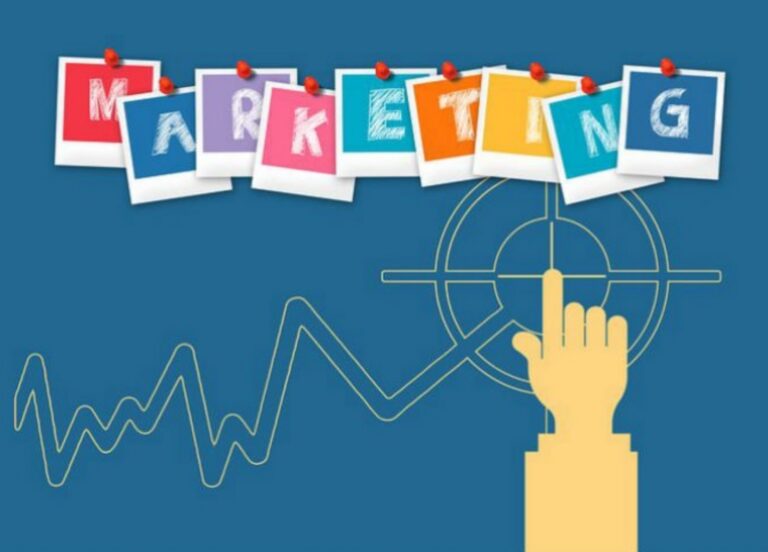People make decisions quickly online. They are bombarded with content and messages and so if your message is not right for them at that point in time, the journey you are aiming to lead them on will not be started. The marketer has numerous channels to utilize for their various messages but each customer will need different focus from the messages, and different channels to go through in a different sequence to be most engaged and get to believe in and become loyal to your brand faster.
Your customers are interacting with your brands for different reasons, at different times and in different channels and sequences. Your job as a marketer is to reach each one with the right content, at the right time, in the right channel, in the right sequence to lead to stronger engagement and results. But this is not as easy as it sounds. How do you know which content will resonate with which customer – in which channels?
We have online and offline channels, non-personal and personal promotion and all of these are merging into one complex maze in which each customer takes a slightly (or vastly) different journey through the maze of channels and some channels work more effectively for one person than another. This is a challenge for the multi-channel marketer who not only needs to get it right for every customer, and also to get stronger measurement of their efforts, and stronger proven results.
While you may have sorted personalization of your sales messages within your CRM system (or maybe you have not and if not, speak with us about this), this is only one channel. You need to be taking this much broader to all your messages and channels to reap maximum effectiveness from your resources and sales and marketing activities.
Target higher results from multichannel and omni-channel marketing using AI
How can one get this right?
The answer is big data and artificial intelligence. With proper exploration and leveraging of this data, marketers can uncover valuable insights into each customer’s data and use this with algorithms to predict the optimal messaging and channels as well as sequence and timing.
The fact that we can combine big data on our customers (physicians, patients and payers) means that we can automatically create intricate profiles on every customer from the combined big data. This can then tell us extensive insights into each customer and their interactions with messages, channels and brands. When this is paired with machine learning and Natural Language Processing algorithms, predictive intelligence is applied to specific content, channels, frequency and sequence for individual customer. We can also automate a lot of the processes and feed these into marketing campaign and CRM software.
When these are done well, they increase customer experience and interaction with your brand, and this leads to increased loyalty to the brand because you are delivering messages that are relevant and timely to their needs and actually anticipate their needs before they do. This reduces acquisition costs by up to 50%, lifts revenues by 15% and increases efficiency of marketing spend by up to 30%.
What are the steps required?
1. Plan your goals and objectives in doing this exercise.
2. Identify all the relevant data that has information that is relevant and that has links to each other. This can be internal data as well as external data. We often use open source public data like census data to map who individuals are with other data to find all the links in the data as well as combining this with bought browsing data and more. Once all the data is identified it must be sorted, cleaned, imputed and ingested.
3. Plan the AI approach required to really map all these elements together to provide strongest accuracy and results. This is best done with an AI roadmap to identify what to do and what objectives to meet and how to achieve them.
4. Implement and program into the relevant systems (web automation software, CRM systems etc).
5. Monitor the results.
With the combination of data, AI algorithms and technology available today, we can provide more powerful customer interactions and experience that lead to stronger financial results for the company than ever before. With each interaction, more data is collected and more fine tuning of the systems are implemented as the algorithms learn more and more about each customer which then drives even stronger messaging and channel strategies for that individual. With all the channels at a marketers’ disposal today, this kind of technology makes life a lot easier to implement and get maximum results from your resources.
For more information on how to apply this to your own personal situation, contact us at Eularis (https://www.eularis.com ) for a confidential discussion.
Found this article interesting?
To learn more about how Eularis can help you find the best solutions to the challenges faced by healthcare teams, please drop us a note or email the author at abates@eularis.com.

